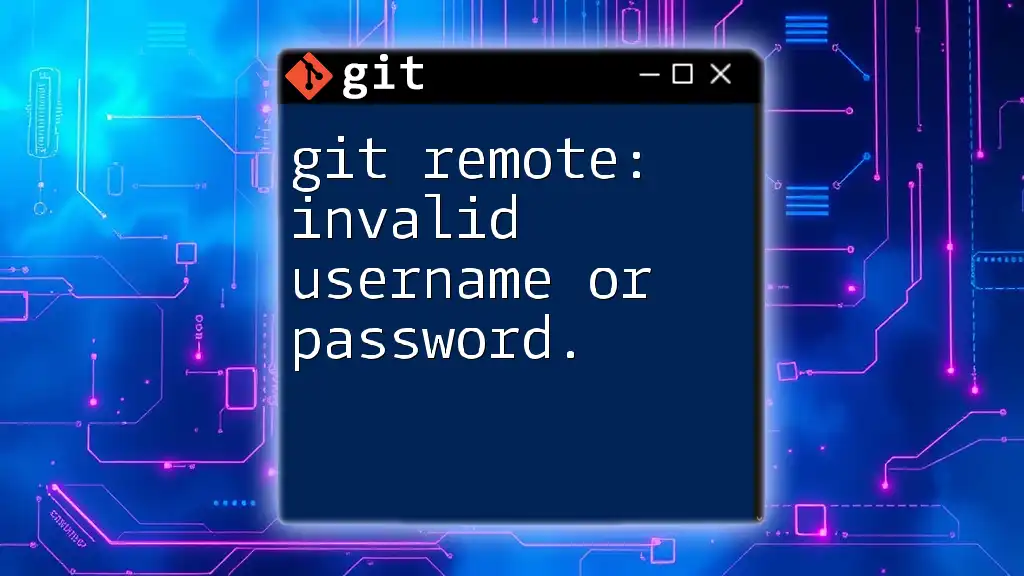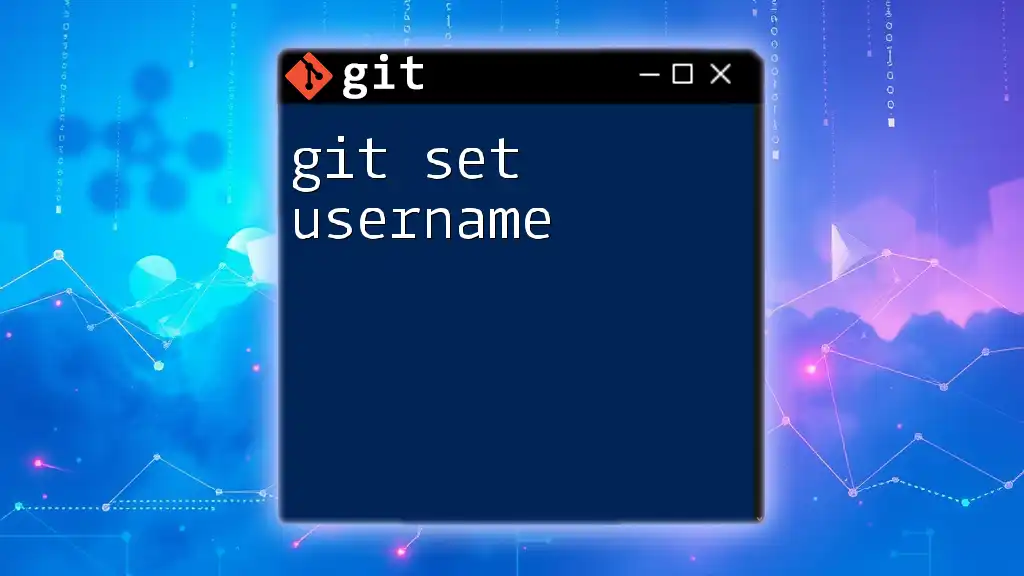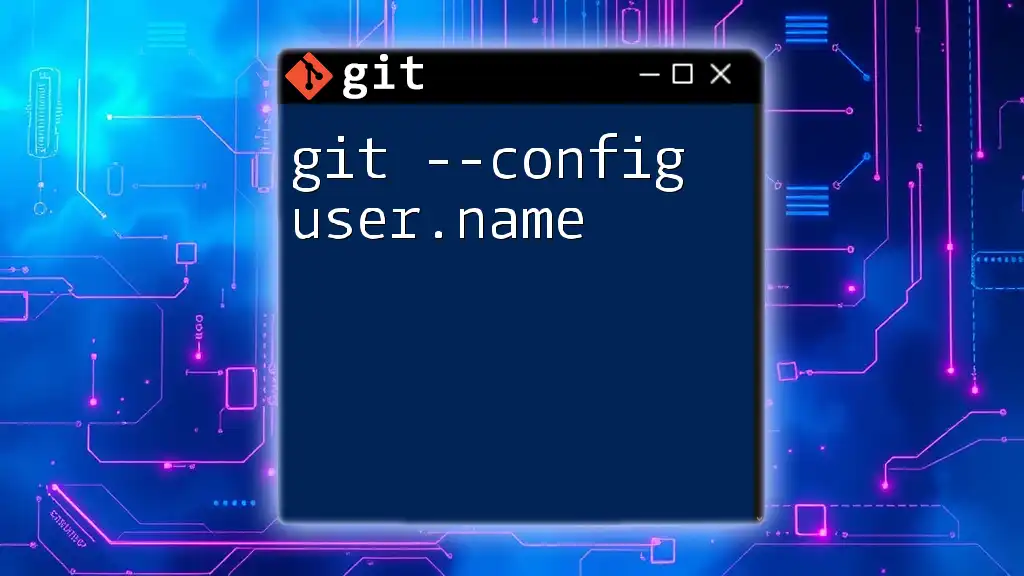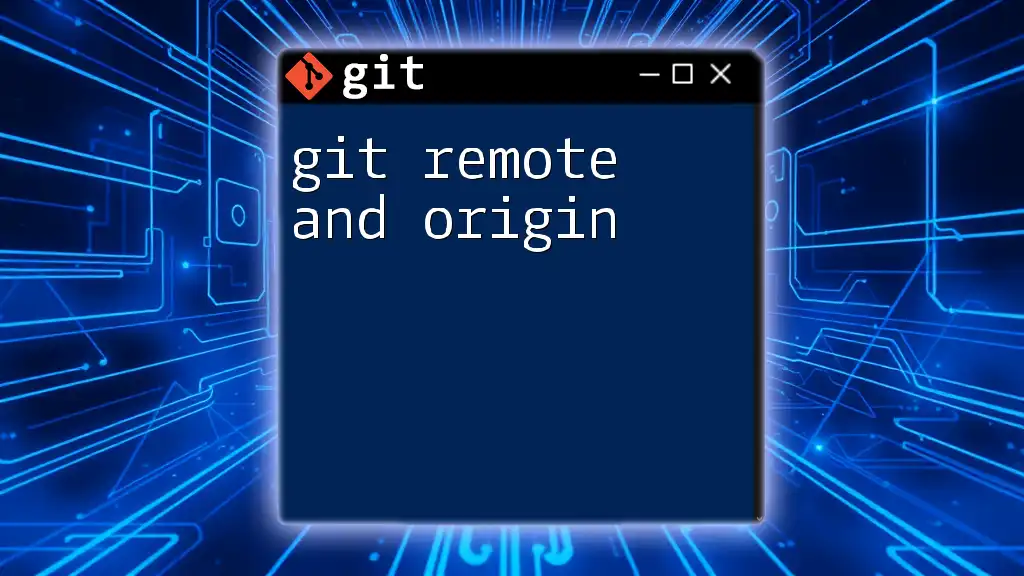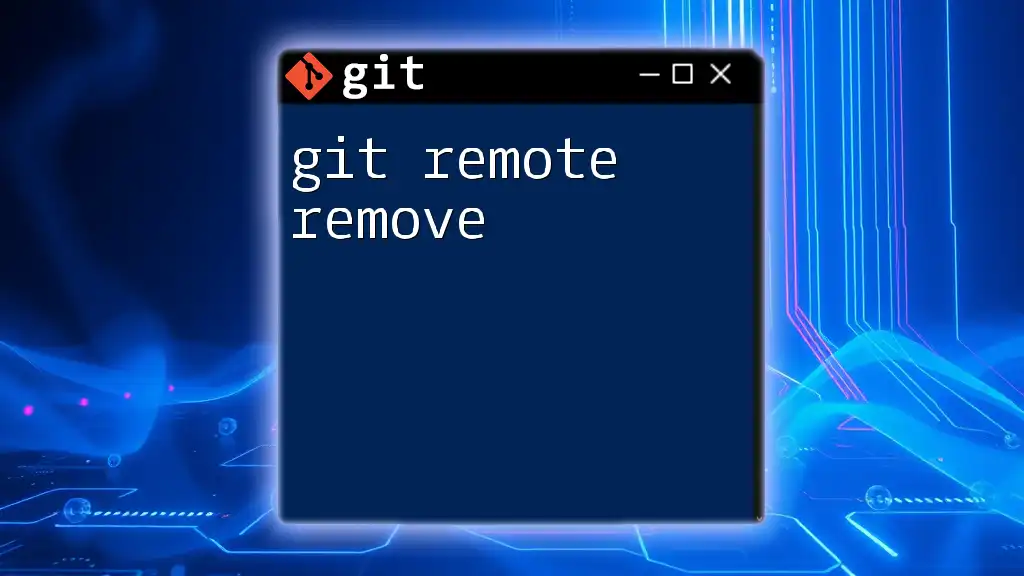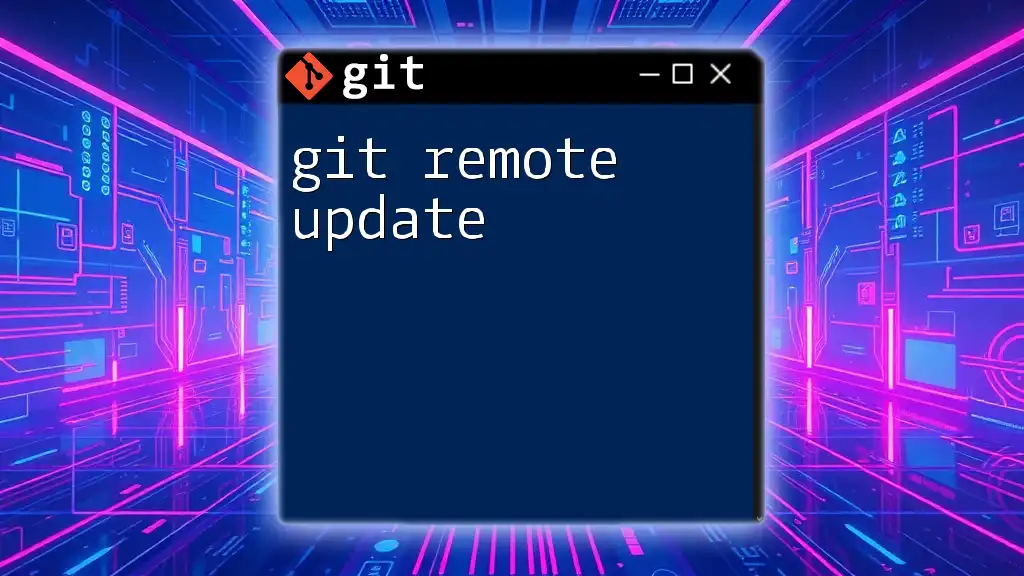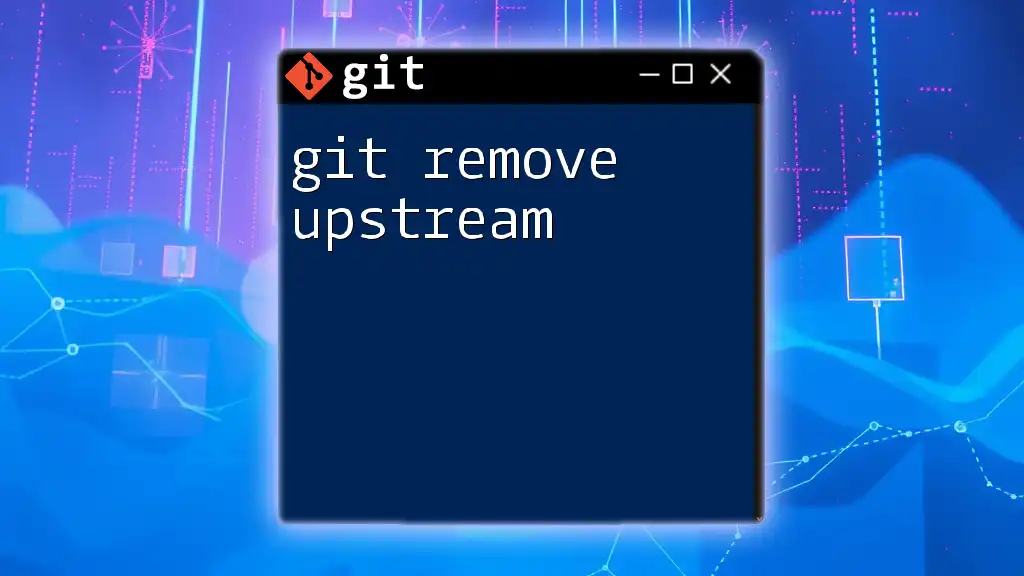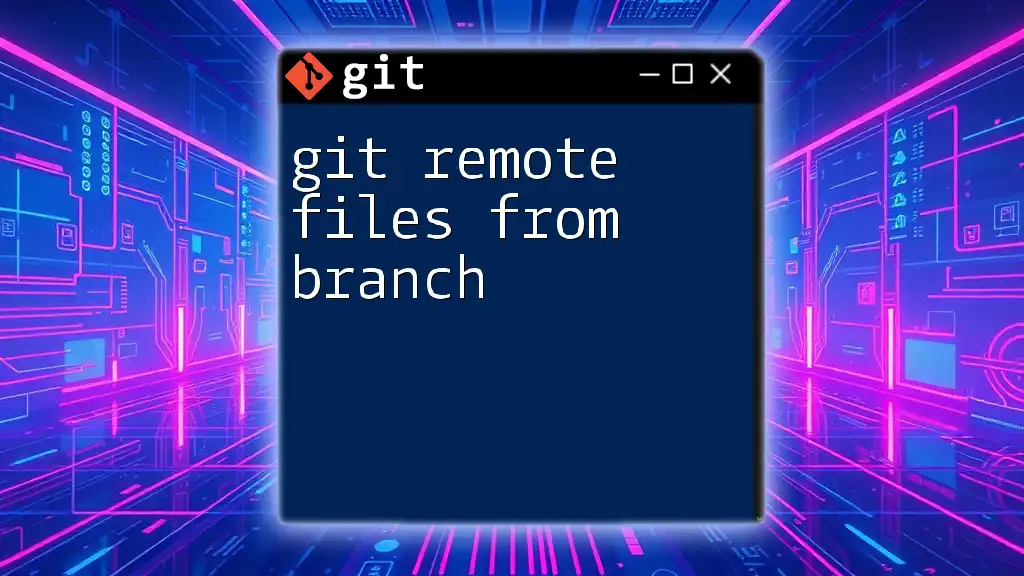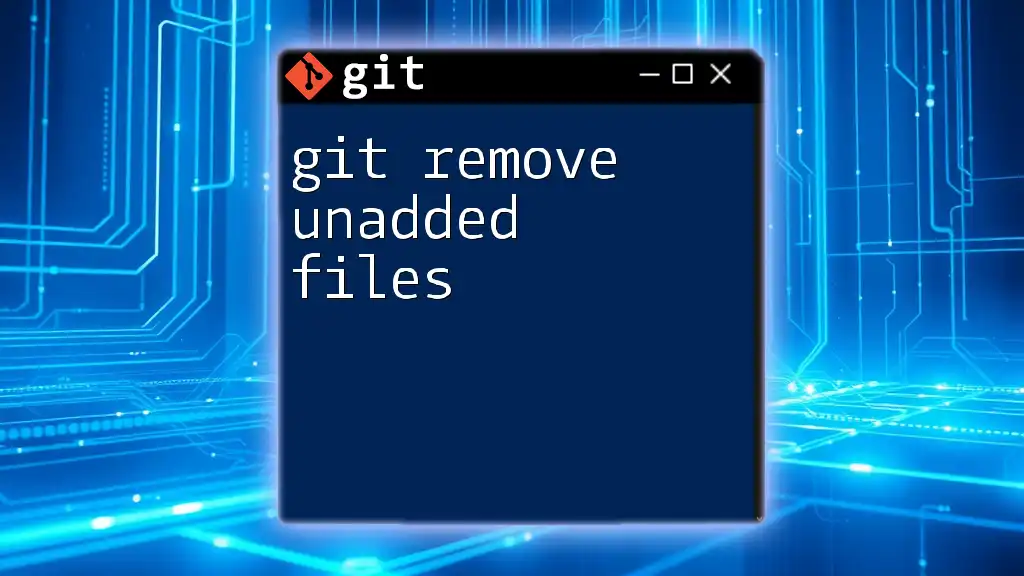The error "git remote: invalid username or password" typically occurs when Git cannot authenticate your credentials with the remote repository, often due to incorrect input or outdated access tokens.
Here’s how you can reconfigure your credentials:
git config --global credential.helper cache
This command stores your credentials in memory for use by future Git commands.
Understanding the Git Credential System
What is Git?
Git is a powerful version control system designed to handle projects of all sizes with speed and efficiency. It allows multiple users to collaborate on a project, tracking changes made to files over time. With Git, you can easily revert to previous versions, manage different branches of development, and maintain a history of every update, making it an essential tool in modern software development.
Git Remote Basics
In Git, a remote is a reference to a repository hosted on the internet or another network. This allows multiple users to access the same codebase. Understanding Git remotes is crucial because they facilitate collaboration between developers or teams.
Some common Git remote commands to keep in mind include:
- `git remote add <name> <url>`: Adds a new remote repository.
- `git remote -v`: Lists all remotes and their URLs.
- `git fetch <remote>`: Fetches changes from the specified remote.
- `git push <remote> <branch>`: Pushes local changes to the remote repository.
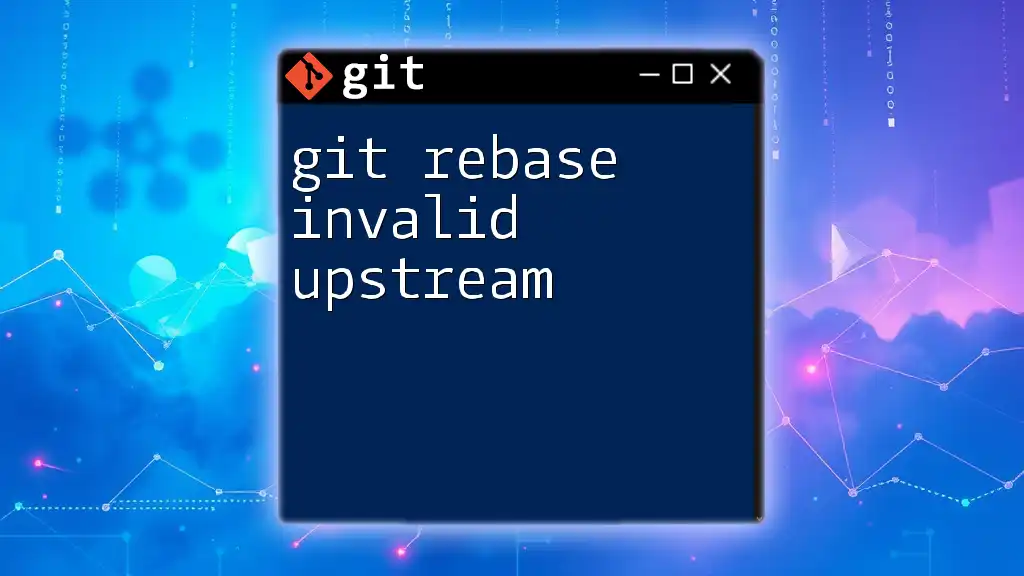
The "Invalid Username or Password" Error
Overview of the Error
The "invalid username or password" error typically arises when Git attempts to authenticate your credentials for a remote repository, but the provided information is either incorrect or outdated. This issue can be frustrating, especially when you're trying to push or pull changes.
Common Scenarios Leading to the Error
There are several scenarios that can lead to this error, including:
- Incorrect user credentials: You might have mistakenly entered the wrong username or password.
- Changes in username or password: If you've recently updated your credentials on the hosting platform (like GitHub or GitLab) without updating your local Git credentials, this can trigger the error.
- Issues with Git configuration settings: Sometimes, your local Git configuration doesn’t align with the credentials you are trying to use.
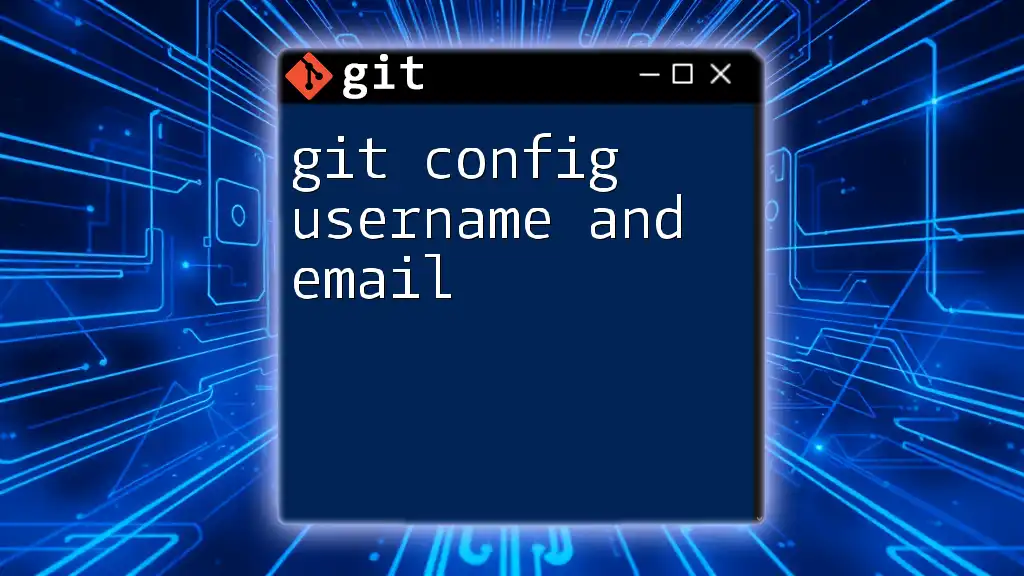
Troubleshooting the Error
Confirming User Credentials
Before diving into more complex troubleshooting, verify that you are indeed entering the correct username and password. A simple way to check your remotes is by using:
git remote -v
Make sure that the URL listed corresponds to the correct repository.
If you’re using a platform like GitHub or GitLab, you might want to log into the website to confirm your username and password, as well as whether you have 2FA enabled.
Checking Git Configuration
Examine your local Git configuration with the following command:
git config --list
Pay special attention to the user.name and user.email fields, ensuring they accurately reflect your account details.
If changes are required, you can modify your configuration with:
git config --global user.name "Your Name"
git config --global user.email "your_email@example.com"
Diagnostic Steps
If you've verified your credentials and configuration but still encounter the error, it may be useful to test your SSH connection if you’re using SSH for authentication:
ssh -T git@github.com
This command helps confirm whether your SSH keys are set up correctly for authentication.
Next, ensure you have the correct remote URL by checking:
git remote show origin
Consider switching from HTTPS to SSH or vice versa, depending on your configuration and needs.

Solutions to Fix the Error
Updating Credentials
Using HTTPS Protocol
If you're connecting via HTTPS and need to reset your password, simply update your credentials. A handy command for managing credentials over HTTPS is:
git config --global credential.helper cache
This stores your credentials in memory for future operations.
Using SSH Protocol
If you prefer using SSH, generate a new SSH key pair to secure your connection:
ssh-keygen -t rsa -b 4096 -C "your_email@example.com"
Upon generating the key, add it to your GitHub or GitLab account by copying the public key using:
cat ~/.ssh/id_rsa.pub
This command will display your public key in the terminal, allowing you to easily copy and paste it into your Git account settings.
Clearing Cached Credentials
If your credentials are cached and they're incorrect, you can remove them by exiting the credential cache with:
git credential-cache exit
For those using an OS keychain (like Windows Credential Manager or Mac Keychain), navigating to the storage and updating the corresponding entry may resolve the issue.
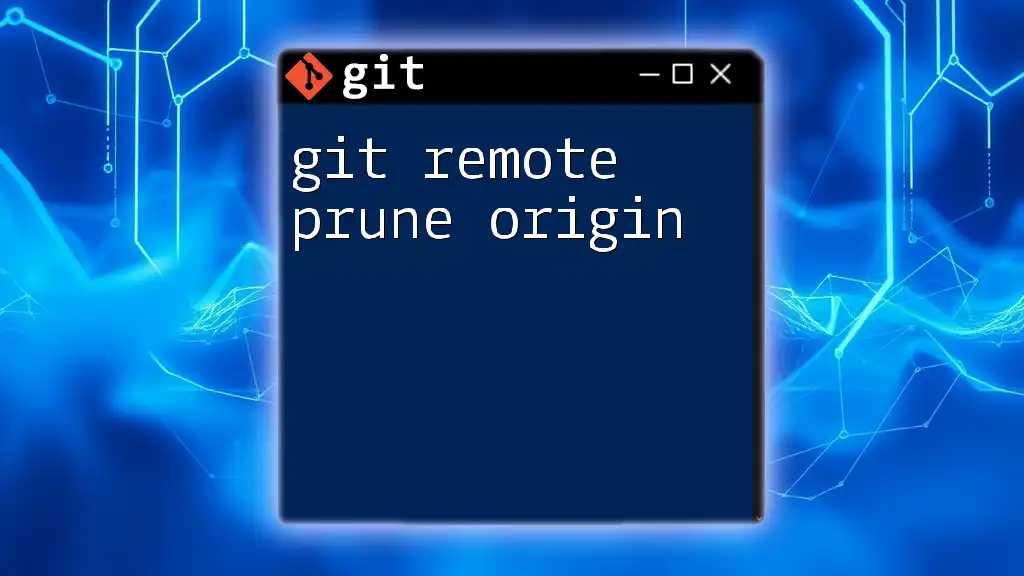
Best Practices to Avoid the Error
Regularly Update Git Credentials
To prevent encountering the "git remote: invalid username or password" error in the future, it's essential to keep your credentials up-to-date. Regularly check for any changes to your login information and update them in your Git configuration.
Using Two-Factor Authentication
Implementing two-factor authentication (2FA) adds an extra layer of security. This precaution also necessitates that you use a personal access token instead of a password when connecting to your repository. Here’s how you can set it up:
- Log into your GitHub or GitLab account.
- Navigate to your account settings and activate 2FA.
- Generate a new personal access token.
This token can be used in place of your password, ensuring a secure method for authentication.

Conclusion
Recap of Key Takeaways
The "invalid username or password" error in Git can stem from various issues, including incorrect credentials, configuration errors, or changes made in your account settings. Understanding how to troubleshoot and resolve these issues is crucial for maintaining a smooth workflow in your development projects.
Encouragement for Further Learning
Git is a powerful tool, and mastering it can significantly enhance your productivity. Consider exploring more advanced topics or participating in community forums for continuous learning and support.
Call to Action
If you're eager to dive deeper into Git and ensure that your commands are both effective and efficient, check out the courses and tutorials our company offers. Join us in bridging the knowledge gap and empowering your Git experience!

